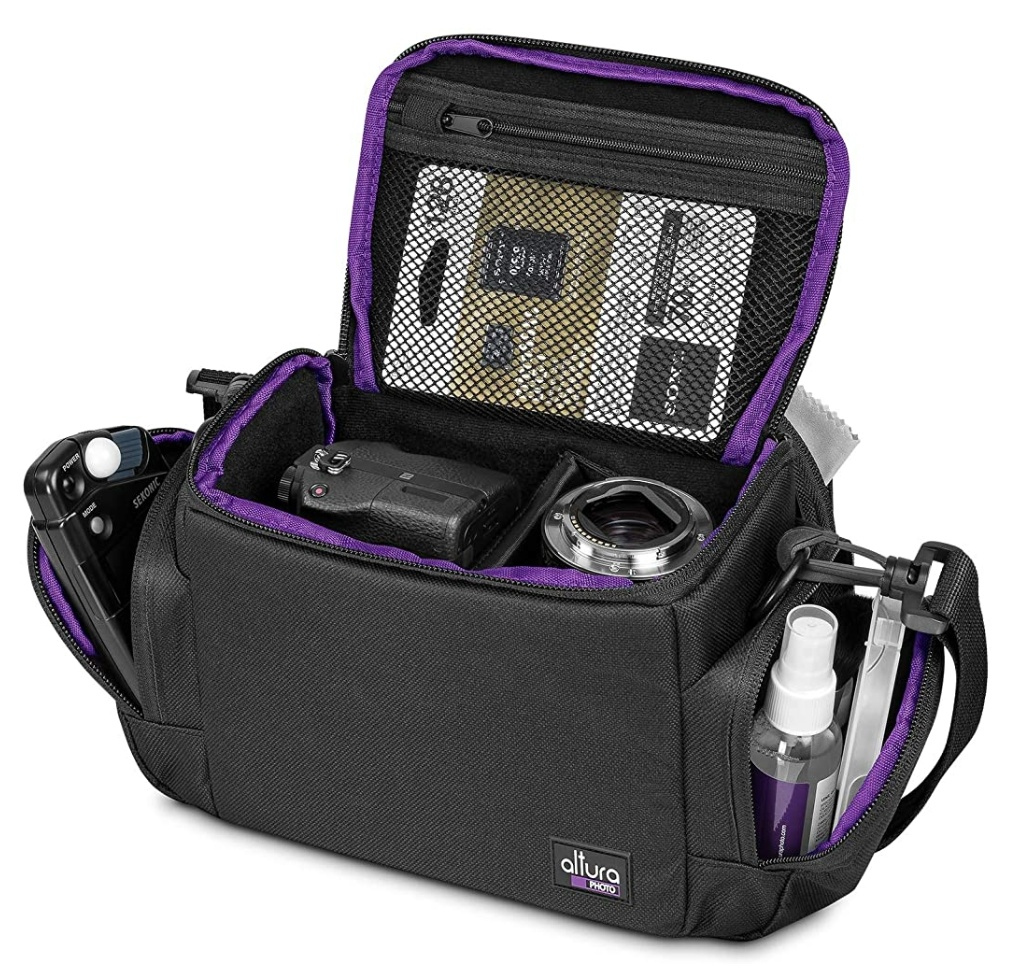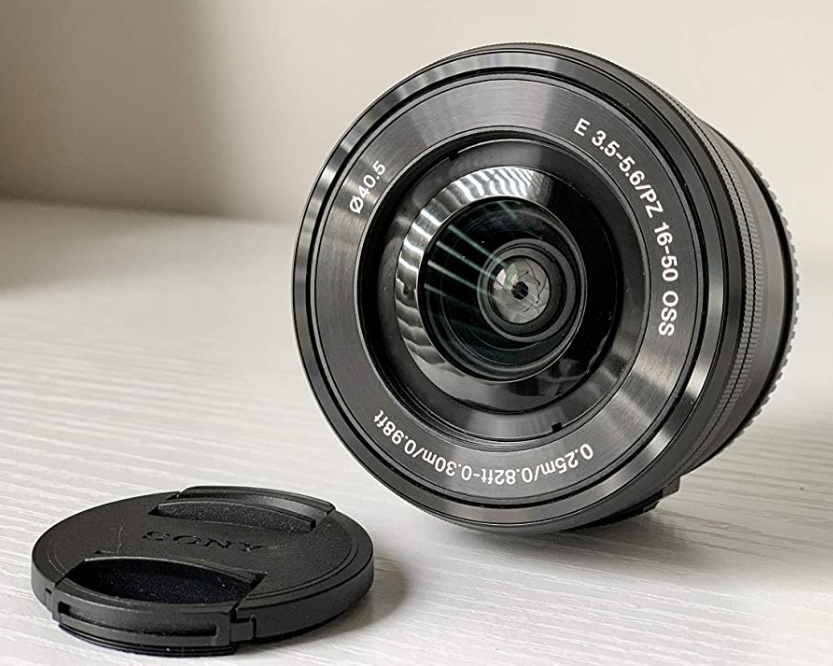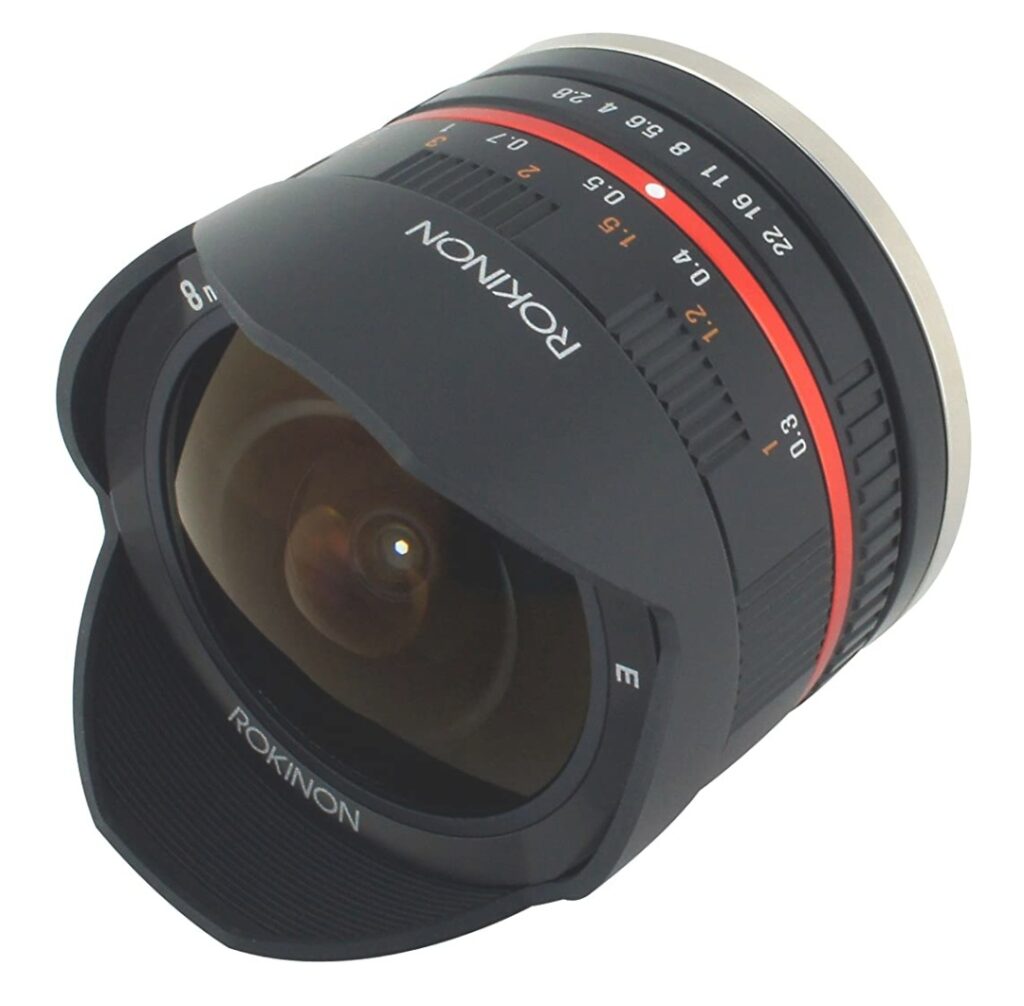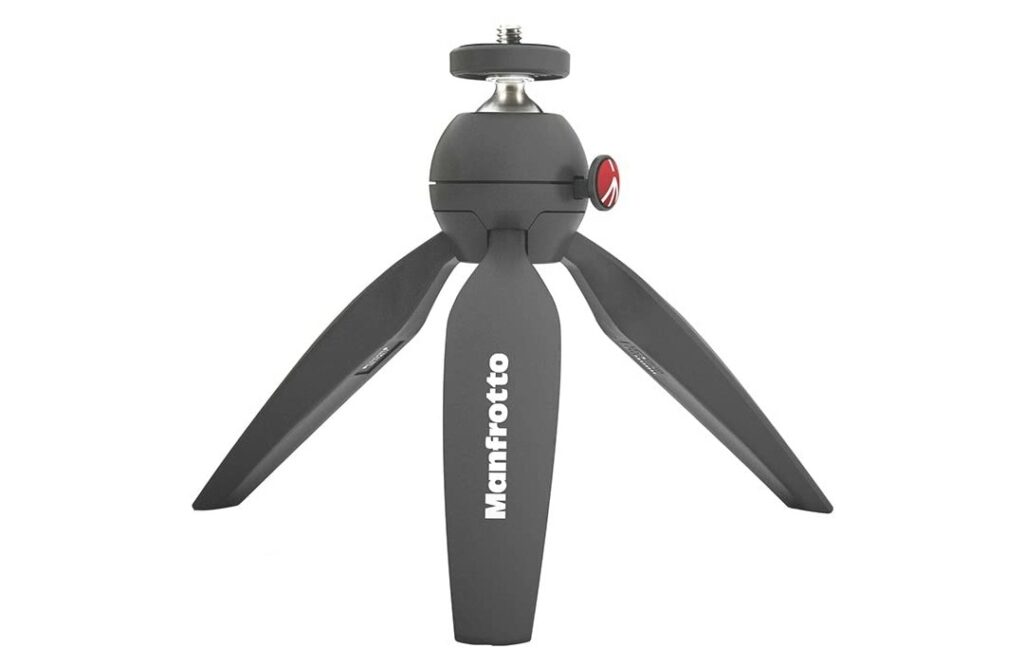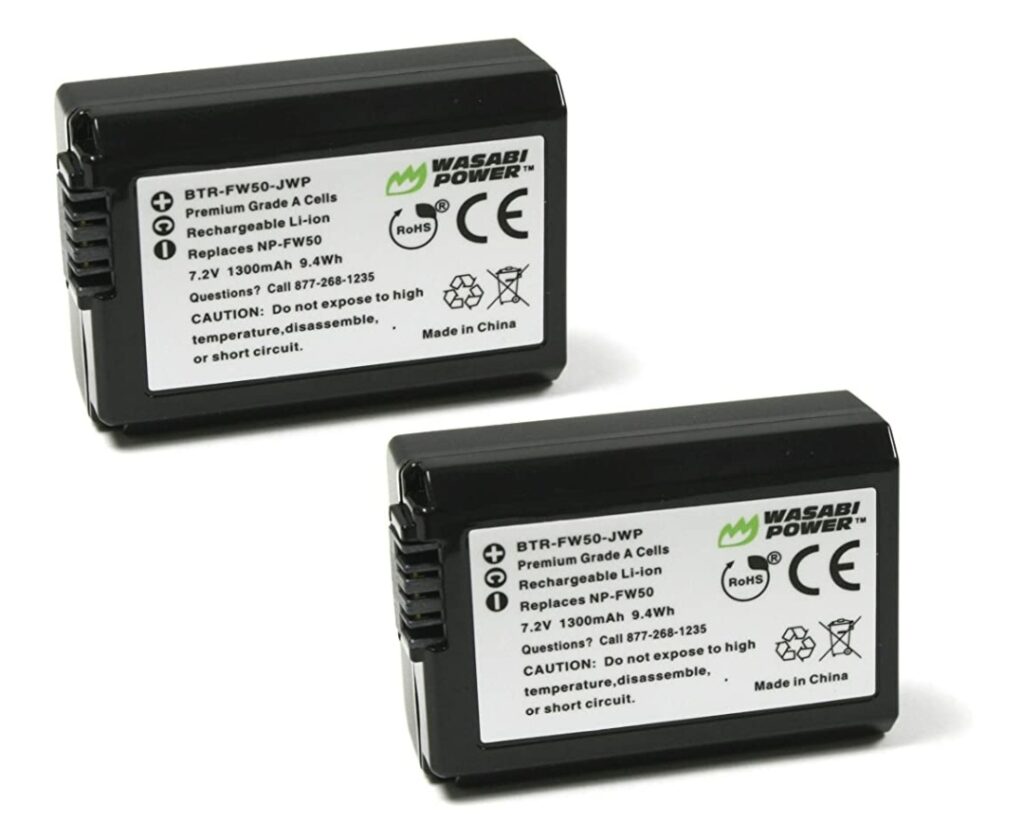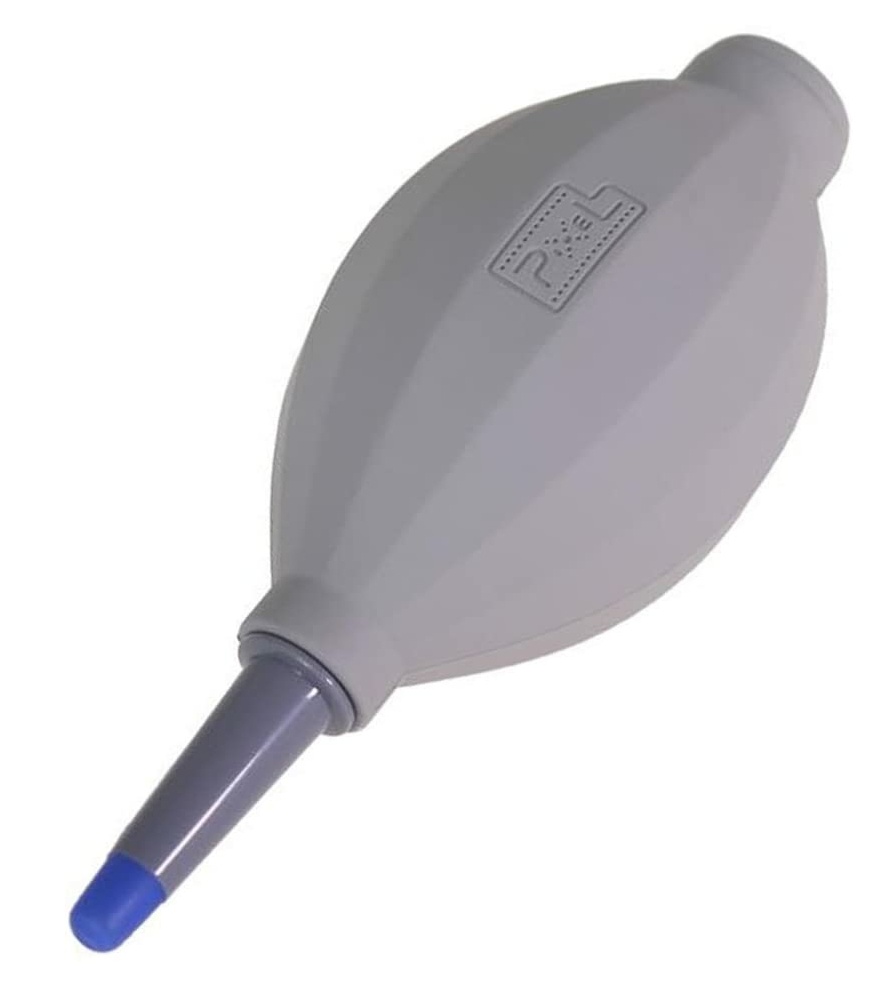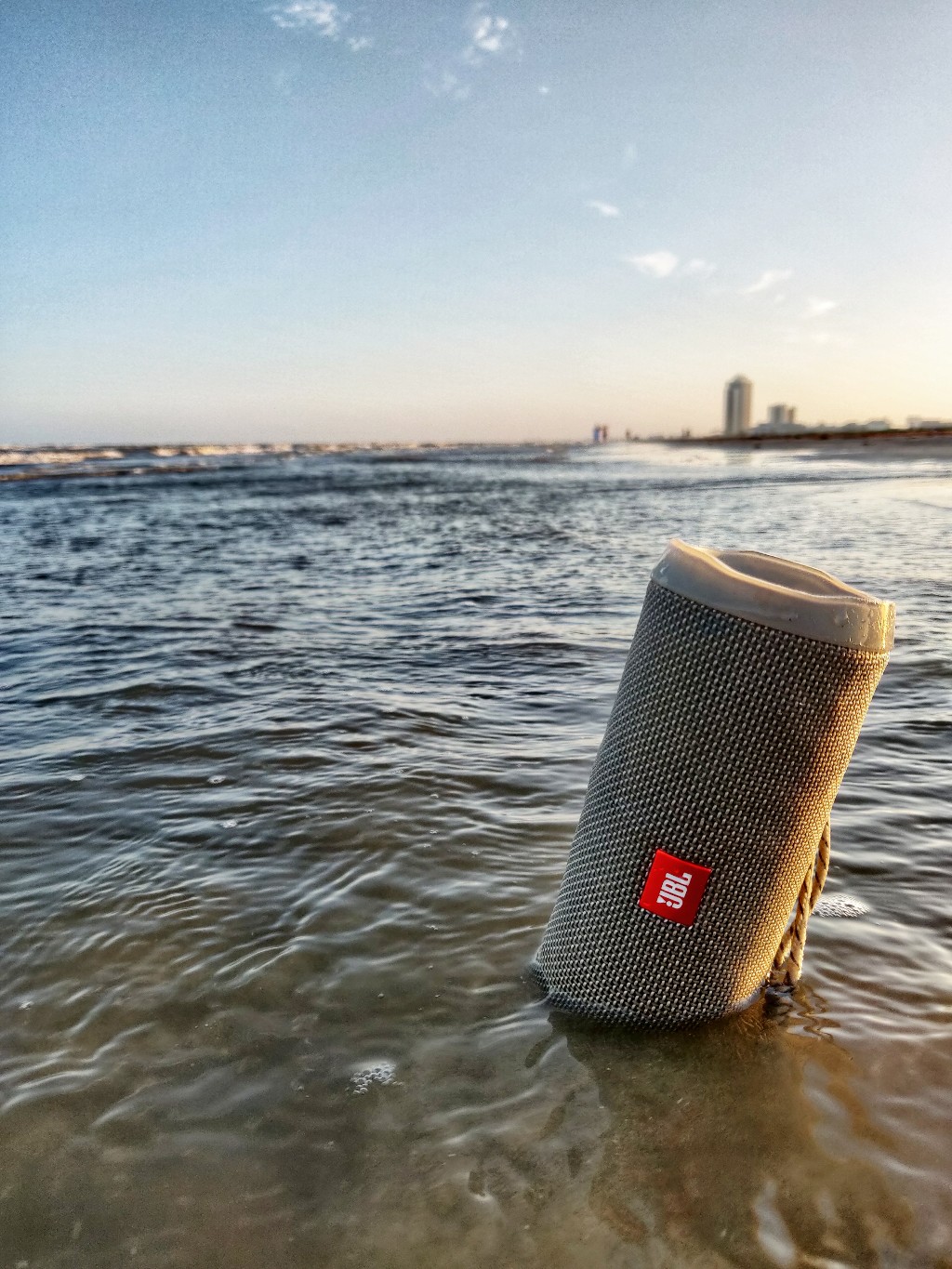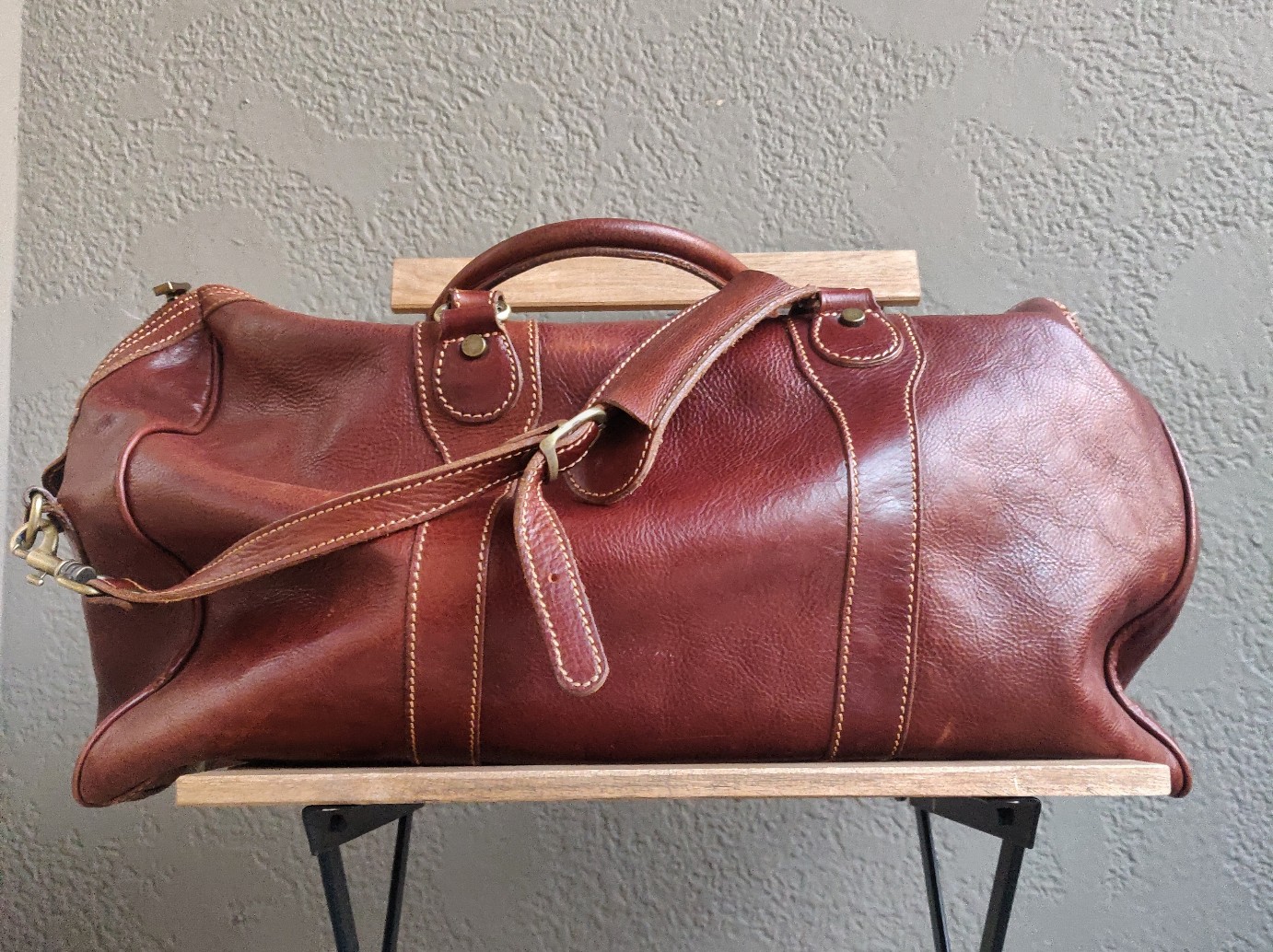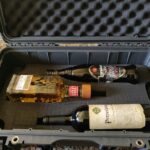Let me be clear: I am a mere amateur photographer. I have been traveling the world for years and finally decided to dabble in “serious” photography. Basically, I was ready to move on from just snapping pics on my phone and messing with Instagram filters. Over the past few years, I have accumulated photography gear to help me take better pictures and want to share my travel camera recommendations with you.
If you are as interested in travel photography as I was, you will learn very quickly that the photographer’s skills matter much more than the gear itself. If you think that buying new camera gear is going to instantly improve your pictures, you may be disappointed with your first results. And that is okay! Photography is a skill that needs to be developed and there is a steep learning curve.
Having better tools is great, but you also need to think about how you structure your shots and how you choose to edit your pictures. The awe-inspiring pictures that you see plastered on Instagram and Pinterest likely required careful editing to get the colors to pop and the subject to come alive. Having a better camera ultimately lets you capture more details than your smartphone camera is capable of. These more detailed pictures make the editing process much easier.
For this reason, I realized that going out and buying top-of-the-line gear was a fool’s errand. Photography can be an expensive hobby, but it doesn’t have to be. My goal was to get started with a solid setup that would last me for years, allow for me to grow my skills, and (most importantly) not cost a fortune.
This post contains affiliate links. Using the affiliate links below can help support the StandbyWithMe team continue to create travel-related content you are used to seeing.
Should I get a DSLR camera or a mirrorless camera?
This is one of the first questions I hear among amateur photographers. The DSLR-versus-mirrorless debate will rage on in photography forums until the end of time, but I believe there is a straightforward answer for travel photographers: the mirrorless camera is for you.
But wait, don’t they make entry-level versions of the big DSLRs that I see professionals using? Yes, but I think the lightweight frame & compact body of mirrorless cameras are vastly superior for travelers who know that they have limited storage capacity to work with on every trip.
Mirrorless cameras have interchangeable lenses and all the tech the budding photographer could possibly need. Plus, many mirrorless cameras are far superior video shooters if you want to dip your toes in the video production world.
All in all, I think the majority of travelers who want to up their photography game are best served with a mirrorless camera. As with all things though, photography is a deeply personnel hobby and requires different gear for different situations. If you have a DSLR, then congrats! Both types of camera will produce great shots and allow you to grow, but I personally value the extra portability of the smaller mirrorless cameras.
Do I need a dedicated camera bag or backpack?
If you are going to shell out the cash for a hobby-grade camera (and the associated accessories & lenses), you definitely need something to protect your gear. However, I would caution against getting too carried away here. There are hundreds of “camera backpacks” available on the market, but don’t rush out and buy one for the sake of buying one.
I recommend starting small. I bought a cheap camera case that has enough room for my camera, extra batteries, a few lenses, a portable tripod, and it still has room to spare. My camera bag is about the size of a small shoebox and easily slides into most of my travel backpacks or carry-on bags.
This simple solution solves the issue of “how do I carry my camera?” without forcing me to replace my awesome travel backpack with a purpose-built camera backpack. I think this is the most effective option for most travelers (unless you are traveling the world with a professional camera set up that includes many lenses, lighting setups, and enough other gear to dedicate a whole bag to your camera).
What is in my personal camera bag?
A Simple Camera Bag (check price on Amazon)
Cheap. Small. Portable. Enough pockets for everything I need. Did I mention cheap?
With padded lining & a space divider in the main compartment and a few side pockets for additional storage, this little bag from Altura Photo offers everything I need and nothing I don’t. Don’t overthink this one: find a cheap bag that looks like something that you would be willing to carry around. When in doubt, keep it simple.
Sony Alpha A6000 Mirrorless Camera (check price on Amazon)
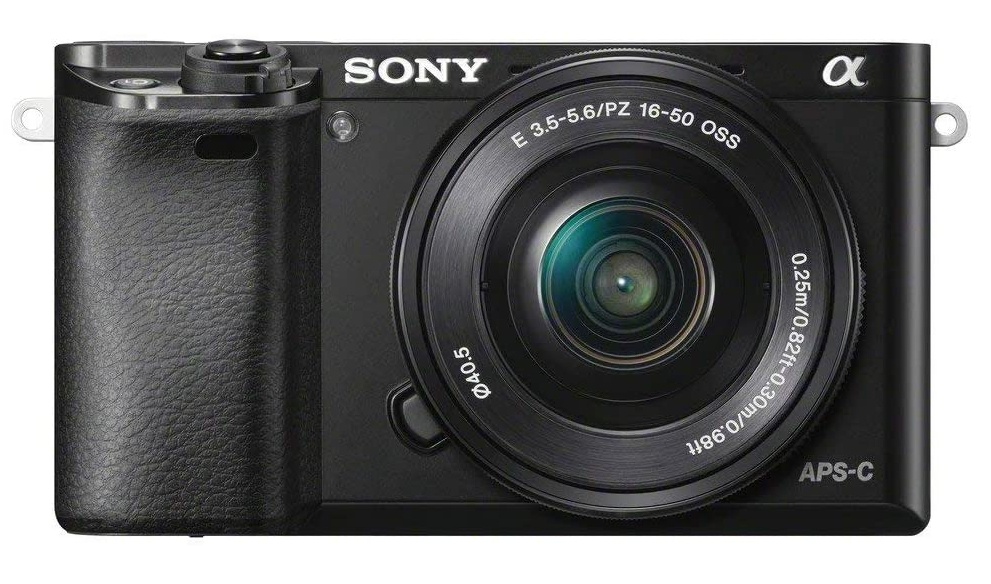
This little camera is my pride and joy. The venerable Sony A6000 mirrorless camera body has been one of the most highly recommended entry-level mirrorless camera for years. Sony has continued to improve upon their E-mount mirrorless line of cameras with various updates over the years (A6300, A6500, A7ii, etc.), but the A6000 still offers plenty of features for new & advanced photographers alike.
Investing in the Sony E-mount ecosystem means that if you ever feel the need to upgrade beyond the A6000, the lenses you buy with the system will be interchangeable with Sony’s more recent cameras. For many photographers, the A6000 was their first taste of serious photography and it can produce amazing photographs.
If possible, look around photography forums or online marketplaces for a used A6000. Many photographers end up selling their A6000 when they want to upgrade to another camera; getting a used camera that has been well cared for by another enthusiast is a great way to get started in this hobby.
Travel Photography Lenses
Sony 16-50mm f/3.5-5.6 OSS Alpha E-Mount (check price on Amazon)
This short kit lens came with my Sony A6000 camera body (the other kit lens is a bit more of a telephoto lens) and it is surprisingly capable. The zoom lens goes between 12mm and 55mm which is quite a wide range that will suit most varieties of landscape & street photography. As a no fuss lens, this works well for basic travel shots.
Sigma 60mm f/2.8 DN Art Lens for Sony E
I love this lens. It is a very, very sharp lens that can let in a lot of light when you need to. I use this lens almost exclusively for taking pictures of people; this is the perfect lens for getting creamy bokeh on close up headshots (this is what your iPhone’s portrait mode tries to replicate). If you like taking “portrait mode” pics, this is the lens you are looking for.
Rokinon 8mm F2.8 UM Fisheye II Lens (check price on Amazon)
Fisheye lenses are funky. I like funky. This is my kind of lens.
While the fisheye probably is not most photographer’s first choice for everyday travel pictures, they can produce wild & unique shots. Taking a distorted picture of a well-known spot with a fisheye lens will forever change how you view the world. Pictures of architecture and wide-open landscapes (think panoramic views from the peak of your next hike) are great opportunities for the fisheye lens to shine.
For those who like camping or getting out in nature, fisheye lens are also great for astrophotography. Point your camera to the sky, open up the aperture, and set your exposure time to 15 – 30 seconds to capture the stars & planets above your head.
Manfrotto PIXI Mini Tripod (check price on Amazon)
I love this little guy. It is small enough to fit in my little camera bag, and it provides a simple service: stabilize my camera on any surface. I often find myself taking photographs at night in low-light conditions. Having a tripod will immediately improve your low-light pictures, and it opens up the ability to take advantage of long-exposure photography for unique shots.
Extra Wasabi Power Batteries (check price on Amazon)
I always keep two spare batteries in my little camera bag. I often spend all day exploring a new city by foot & public transit, which means I need extra juice on long travel days. Having a couple spare batteries that can quickly be popped into the camera helps me avoid the frustration of finding the perfect sunset spot and not having any battery left. Don’t forget to charge your batteries before leaving!
Original Equipment Manufacturer (OEM) accessories that are sold by the likes of Sony, Nikon, and Fujifilm can be expensive. When it comes to buying accessories like charging bases and extra batteries, I look to trusted third-party suppliers who produce the same gear at a fraction of the cost.
I have had good experiences with Wasabi Power’s batteries, so I would naturally recommend them to other photographers.
Manual Pixel Hand Pump (check price on Amazon)
This is a recent addition to my camera bag, and I cannot believe I went so many years without one of these. After a sandy photoshoot in the hot deserts of the American southwest, I noticed that I small specks & dots showing up on my pictures. I realized that grains of sand had gotten in between the lens & sensor during some lens swaps in the desert, but I couldn’t figure out how to get them out.
Enter the manual hand pump. Using compressed air isn’t recommended for cleaning your camera gear, so throw this manual hand pump into your bag to help blow out dust and sand particles.
Microfiber Cloths
Microfiber cloths are a dime a dozen, and they are useful for when you need to wipe down your lenses, viewfinder, or LCD screen. Avoid the temptation to wipe with your shirt and opt for the gentler microfiber material to prevent scratching your precious glass.
SJCAM SJ4000 4K Action Camera (check price on Amazon)
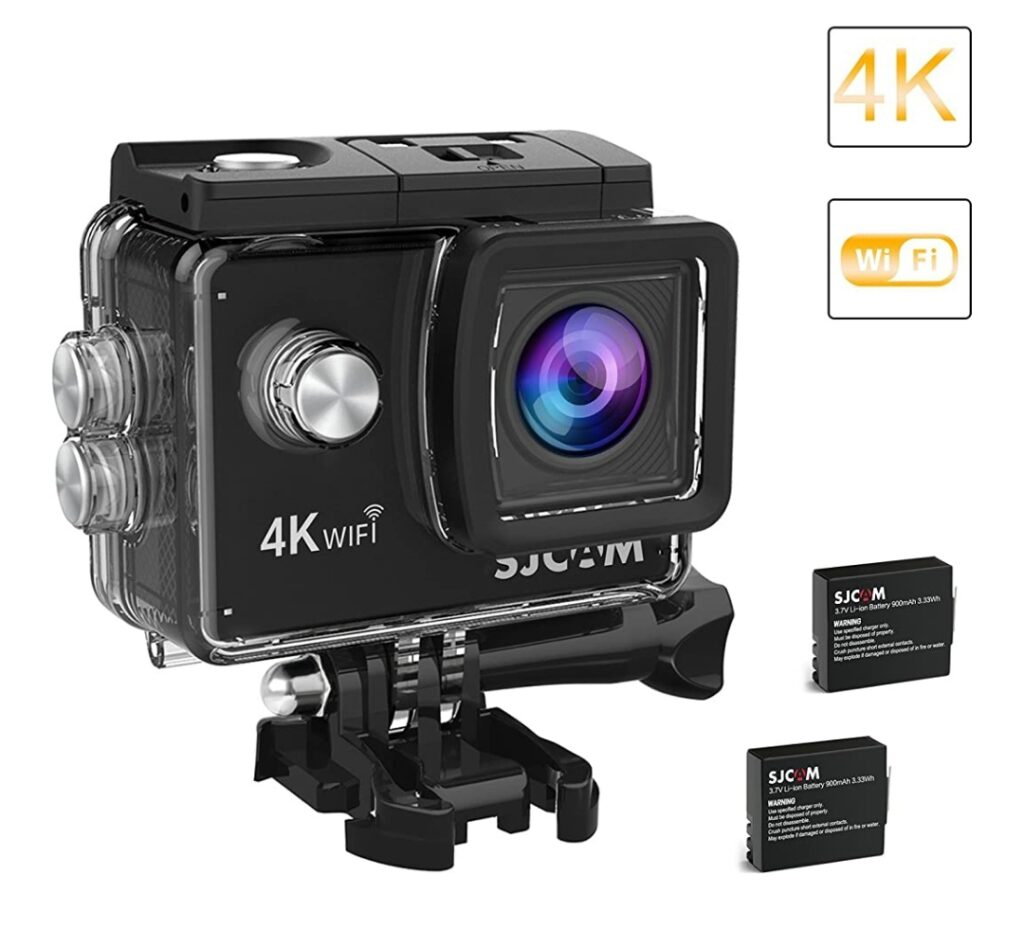
This one is a bit out of left field, but I love taking my waterproof action camera places where it wouldn’t be suitable to take the full camera. These things are incredibly small, so it fits in one of the smaller side pockets of my camera bag.
I love snorkeling, so having this cheap(er) camera in my bag lets me take pics or videos when I am underwater.
Final Thoughts
This is what I pack along on hiking trips and on most non-rev weekend adventures. When I need to lighten my pack up, I’ll choose to leave the Sony 12-55mm kit lens at home because the other two lenses offer a unique perspective that my smartphone camera cannot capture.
Remember that consistently good photography takes practice and solid editing skills. Luckily for us, we live in a digital age of virtually limitless memory and the ability to snap hundreds of pictures per hour. When in doubt, take more pictures! You may surprise yourself with how quickly your photography improves.
What camera gear do you carry around in your bag? I love seeing what other travelers are able to create and I hope you enjoyed learning about my travel camera recommendations. Connect with me on Instagram to share your latest travel pics, or leave a link to your photos/blog in the comments below!
